Stellantis latest platform to support two million electric cars per year
Stellantis, the merger of FCA and PSA, has released its next architecture to underpin future electric cars. STLA Medium for the C and D segments is set to go into production in Europe later this year and sell globally. We have the details.
With production beginning in 2023, the STLA Medium will be the first of Stellantis’ four global BEV platforms announced in 2021 as the STLA family (Small/Medium/Large/Frame). The Group has yet to disclose which of its 14 car brands will debut a model utilising the new architecture; however, Peugeot has confirmed the e-3008. Several Stellantis plants stand ready to produce up to two million vehicles a year on STLA Medium. The Group added the C- and D-segments accounted for 35 million sales in 2022 and that its brands offer 26 vehicle nameplates in those segments on various platforms.
Back to STLA Medium – the electric architecture is based on a 400-volt battery; only the larger STLA Large and the ladder-frame STLA Frame for US pickups and vans utilise an 800-volt system. The batteries in STLA Medium will offer a usable energy of up to 98 kWh. In 2021, the platform was still said to be designed for 87 to 104 kWh, so 104 kWh is likely to be the gross capacity of the 98 kWh battery. Stellantis quotes maximum WLTP ranges of more than 700 kilometres for the performance package of STLA Medium. The “Standard Pack” claims more than 500 kilometres of range.
Depending on the type of use, consumption can be less than 14 kWh per 100 kilometres, and the battery can be charged from 20 per cent to 80 per cent in 27 minutes. However, Stellantis does not specify which battery size is involved when specifying the charging time.
One thing is clear: with a 400-volt system with the current CCS2 charging standard (which limits the maximum charging current to 500 amps), no more than 200 kW is possible. Since the 98 kWh is the usable net energy content, 58.8 kWh are charged in the specified charging window from 20 to 80 per cent – at 27 minutes duration, this would correspond to an average charging power of 131 kW.
Battery housing is the same for all vehicle sizes.
Vehicles based on the STLA Medium platform will go on sale worldwide and be available with either front- or all-wheel drive. Output power ranges from 160 to 285 kW. The drives and other platform components such as interior heating/cooling, steering and brake assistance are all designed to minimise energy consumption, Stellantis says.
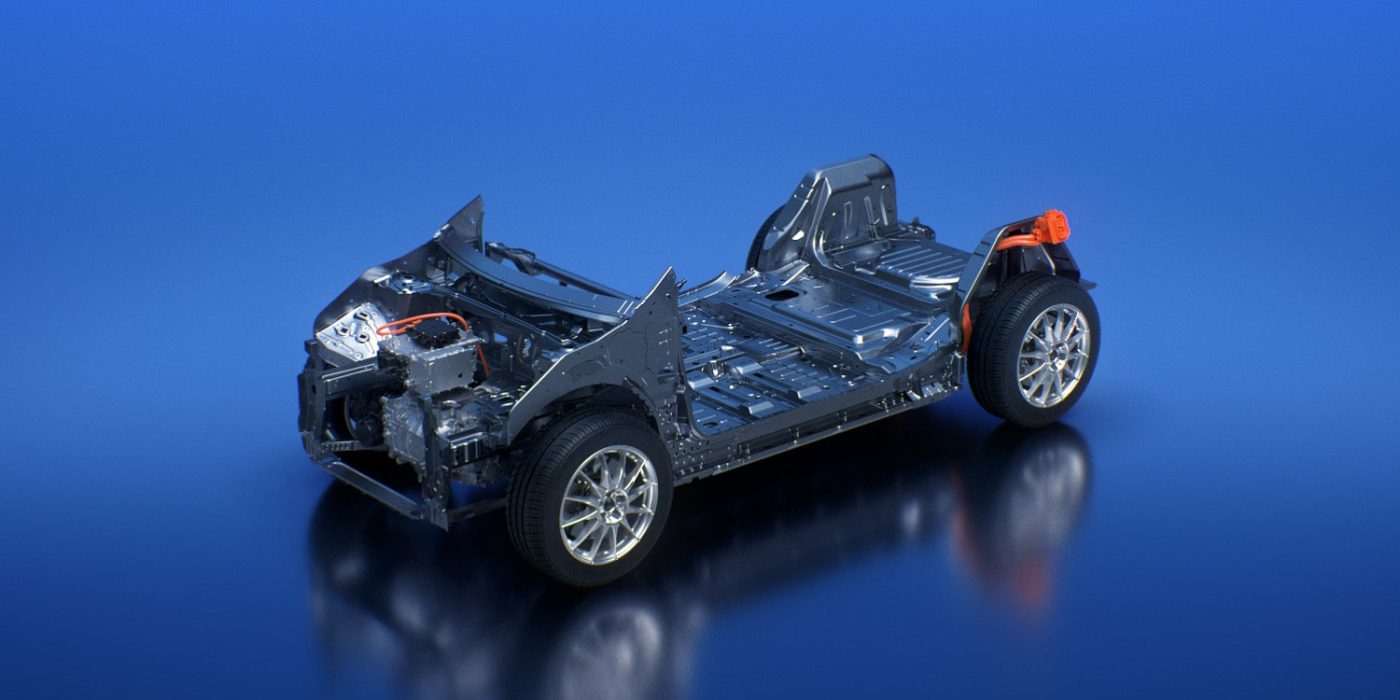
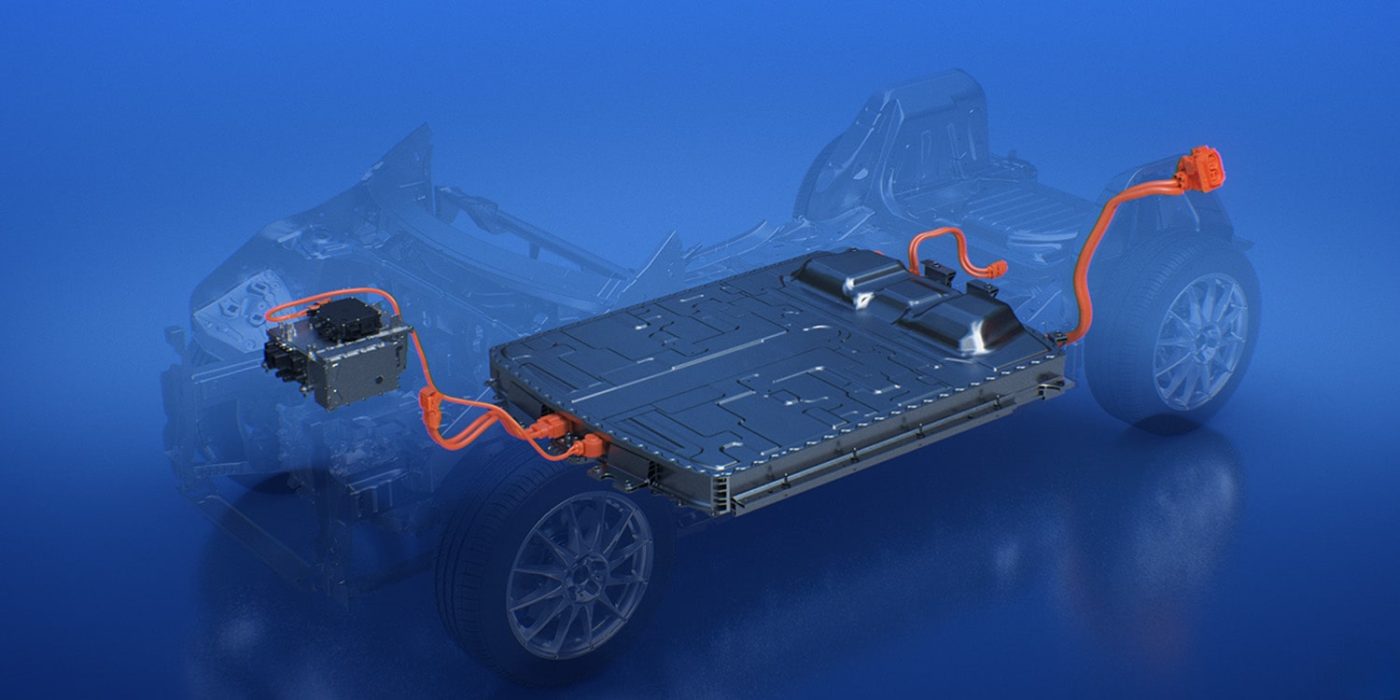
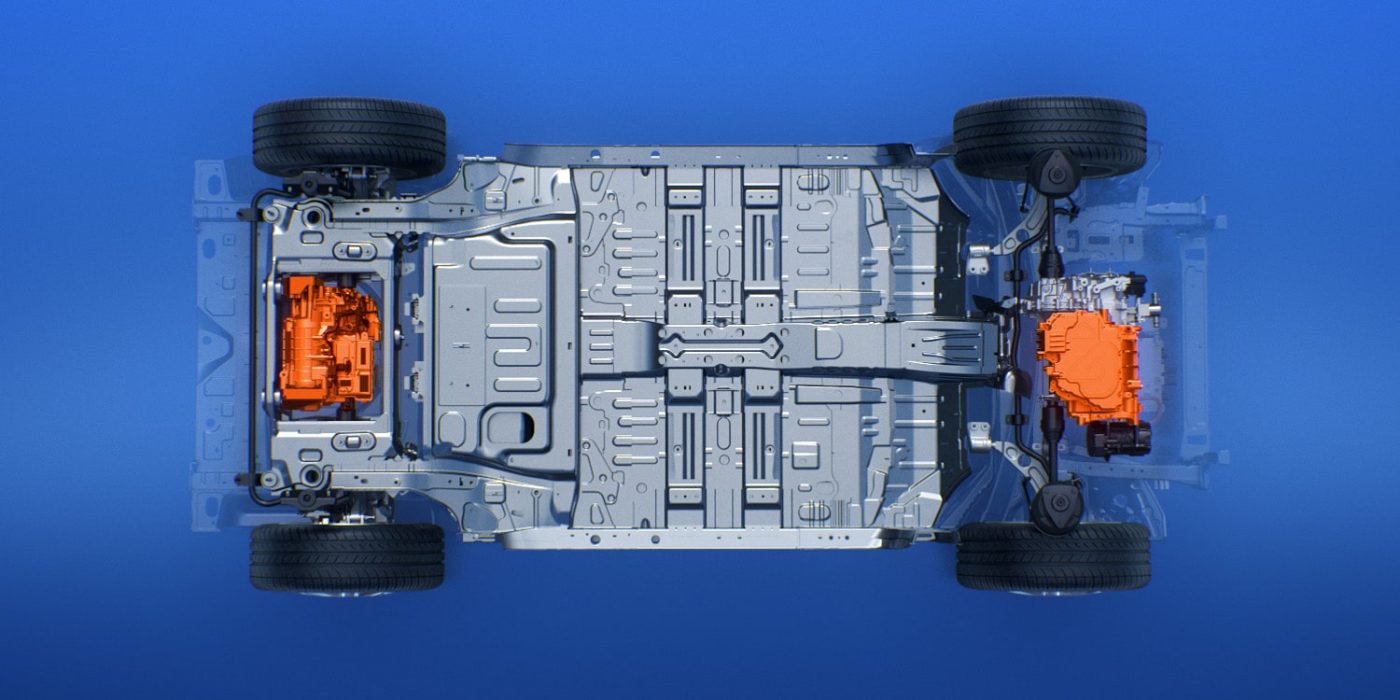
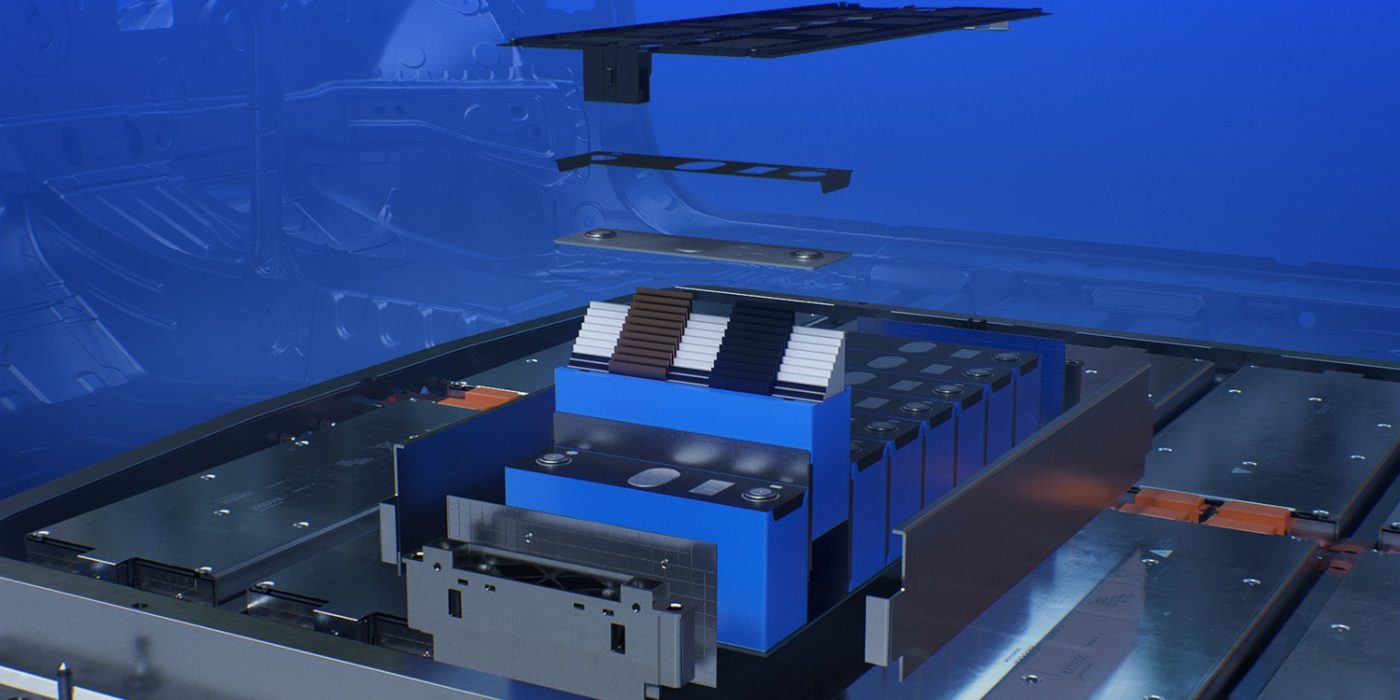
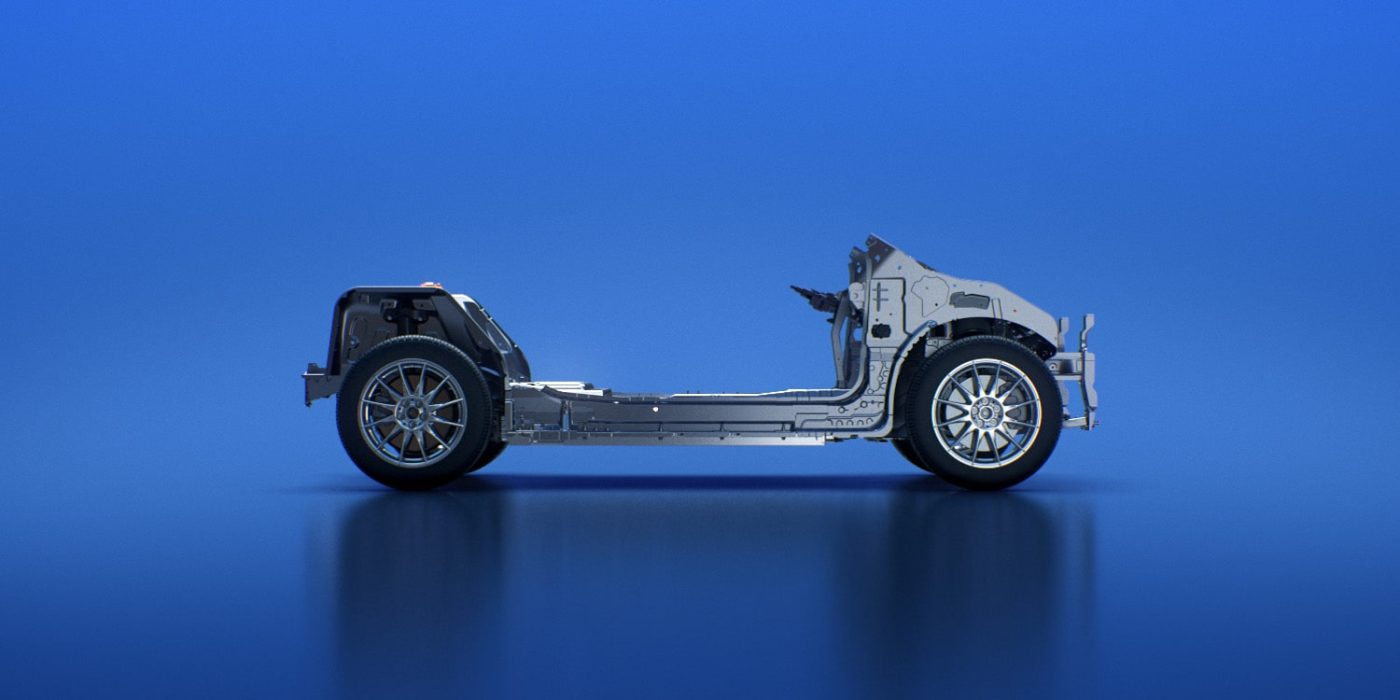
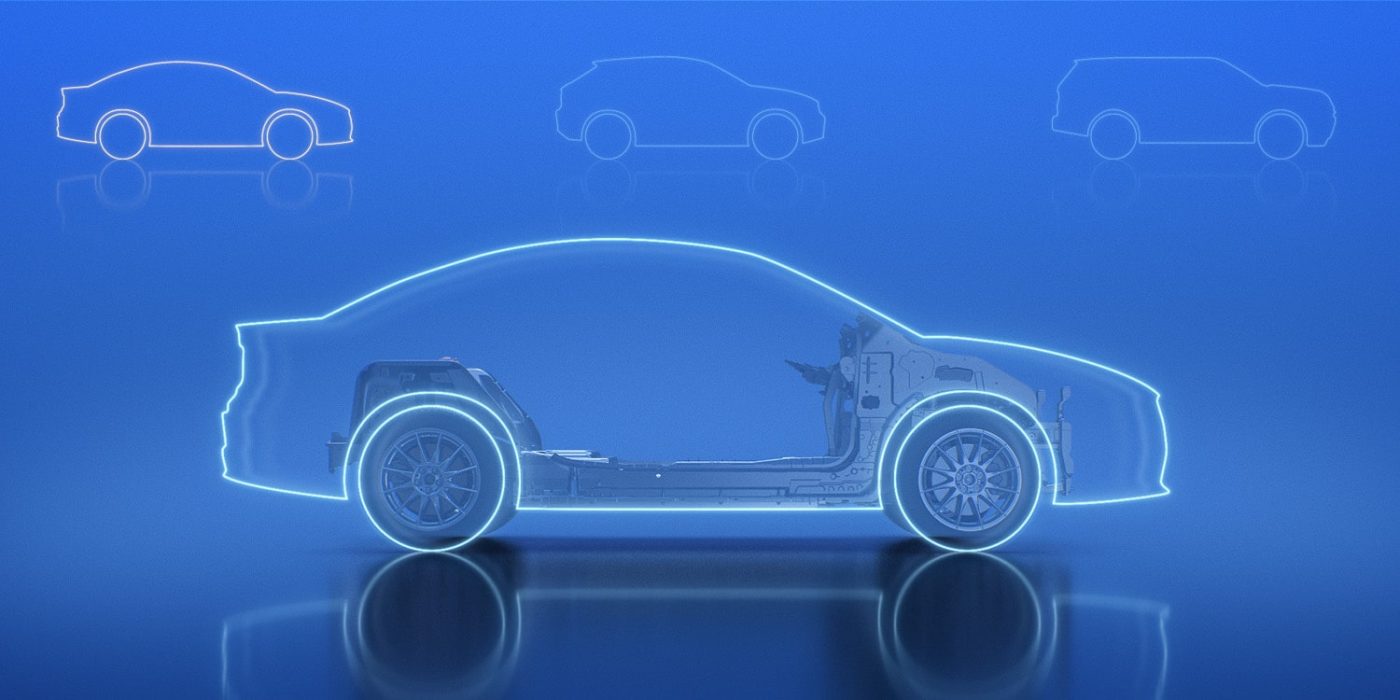
The platform is intended to give the flexibility to use different body styles – from a C-segment compact car to a D-segment mid-size sedan to various crossover and SUV bodies. The wheelbase of the vehicles will be between 2.70 and 2.90 metres; the overall length will be in the range of 4.30 to 4.90 metres. However, Stellantis does not directly confirm whether the large 98-kWh battery can also be installed in a smaller C-segment model with a length of 4.30 metres and a wheelbase of 2.70 metres, but suggests could since the external dimensions of the battery are the same as are the mounting and cooling, so Stellantis. This means that the higher range of the “Performance Pack” is likely to be achieved by using different battery cells, making the 98 kWh in a compact car possible, at least technically; prices are another matter. Stellantis, however, states that the STLA Medium lowers battery costs.
Exactly which battery cells from which suppliers are involved remains undisclosed. Stellantis is known to be a co-founder of the battery manufacturer ACC, but according to earlier statements, it also wants to purchase cells from CATL, BYD, SVOLT, Samsung and LGES. In the current STLA Medium announcement, the carmaker states that all four platforms are already designed to accommodate future battery types, including nickel- and cobalt-free cells and solid-state batteries. “This enables Stellantis brands to tailor vehicle capabilities for the ideal balance of cost and performance,” writes the Group.
For SUVs, ground clearance can be increased to more than 220 millimetres to achieve some off-road capability. Stallantis also highlights wheels up to 750 millimetres in diameter, “a key attribute for the platform design”. Being a flat, single-layer battery results in a flat interior floor, so no battery modules are placed under the centre console or rear seat, giving designers more freedom.
“What we see today is the product of just over two years of no-compromise innovation to deliver clean, safe and affordable mobility, supported by our €30 billion investment in electrification and software through 2025,” said Carlos Tavares, Stellantis CEO. “The STLA Medium platform demonstrates the power of the global Stellantis technical community, delivering products that are hyper-focused on our customers and rewriting long-held assumptions of transportation as we drive for carbon net zero by 2038.”
The Group targets offering an electrified version (BEV and PHEV) for 98 per cent of its models in Europe by 2025. By 2030, all models will have at least one battery-electric version. In the USA, 96 per cent of the models will be electrified by 2025. As in Europe, Stellantis also wants to offer a BEV version for all models by 2030, also thanks to the new platform strategy.
Stellantis comprises Abarth, Alfa Romeo, Chrysler, Citroen, Dodge, DS, Fiat, Jeep, Lancia, Maserati, Opel, Peugeot, Ram and Vauxhall.
With reporting by Sebastian Schaal, Germany.


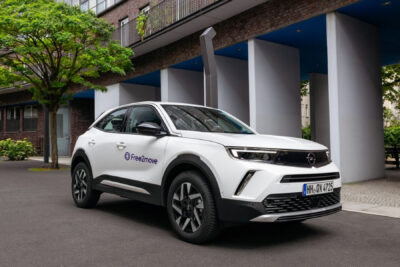

0 Comments